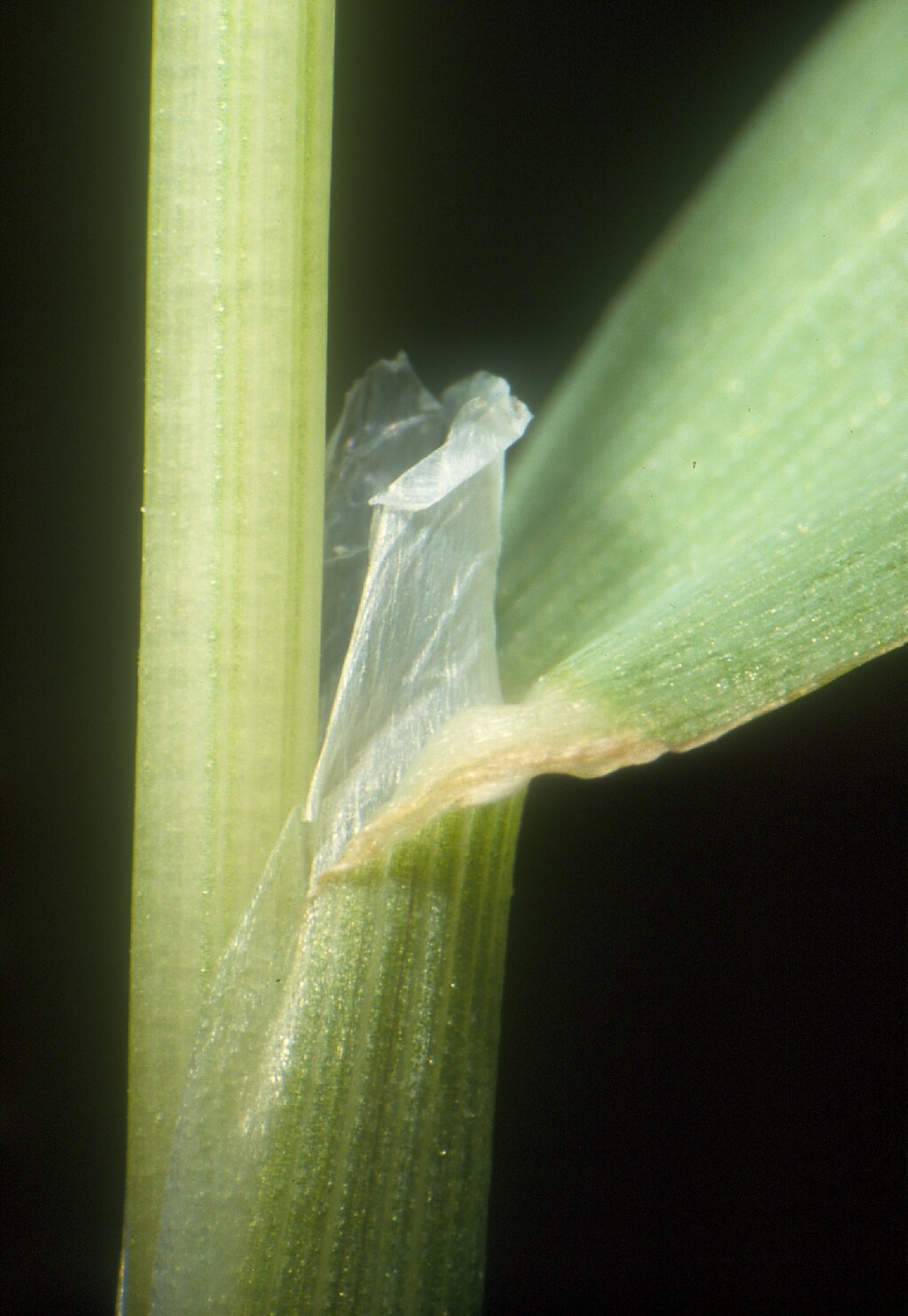Phalaris minor
Retz. Lesser Canary-grassTufted annual to c. 100 cm high, rarely more. Leaves glabrous; blades to c. 30 cm long, 3–13 mm wide; ligule obtuse or erose, 2–8 mm long. Panicle dense, cylindric, 2–6 cm long. Spikelets 4.5–6 mm long; glumes 3-nerved, subequal, winged on the keel in the upper two-thirds, usually irregularly 1–4-toothed toward the tip; sterile lemmas unequal, the lower minute (often apparently absent) and the upper c. 1 mm long; fertile lemma ovate-lanceolate, slightly oblique, c. 3 mm long, with appressed hairs. Flowers Oct.–Dec.
LoM, MuM, Wim, GleP, VVP, VRiv, RobP, MuF, GipP, OtP, WaP, Gold, CVU, GGr, DunT, NIS, EGL, EGU, HSF, HNF, VAlp. Also naturalised WA, SA, Qld, NSW, Tas. Native to the Mediterranean region and western Europe, widely naturalised (e.g. Britain, southern Africa, the Americas, New Zealand). Grown for forage and seed, widespread as an escape from cultivation, occurring chiefly along roadsides and irrigated or low-lying areas near farmland.
Walsh, N.G. (1994). Poaceae. In: Walsh, N.G.; Entwisle, T.J., Flora of Victoria Vol. 2, Ferns and Allied Plants, Conifers and Monocotyledons, pp. 356–627. Inkata Press, Melbourne.
 Spinning
Spinning




